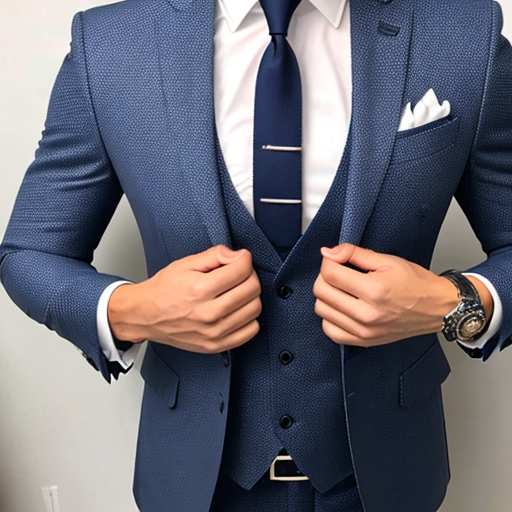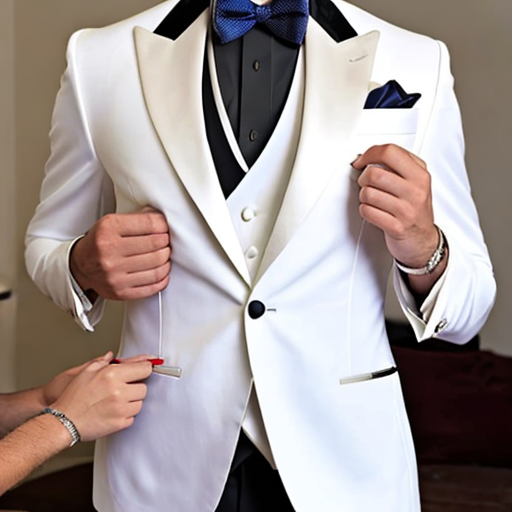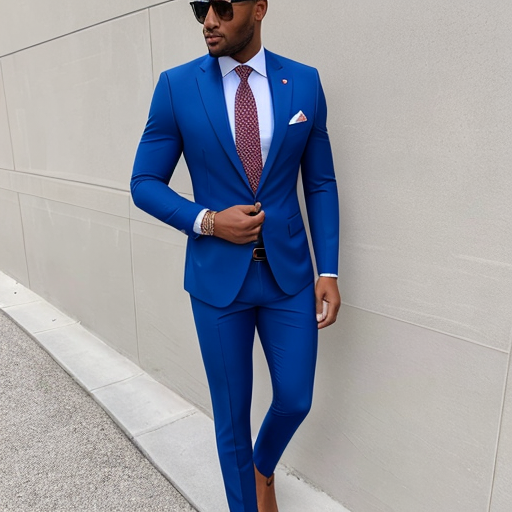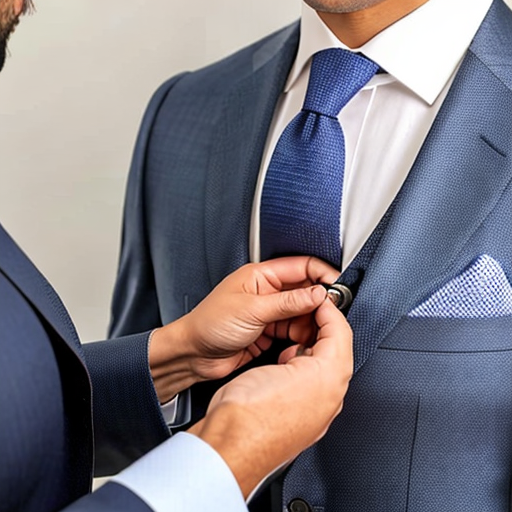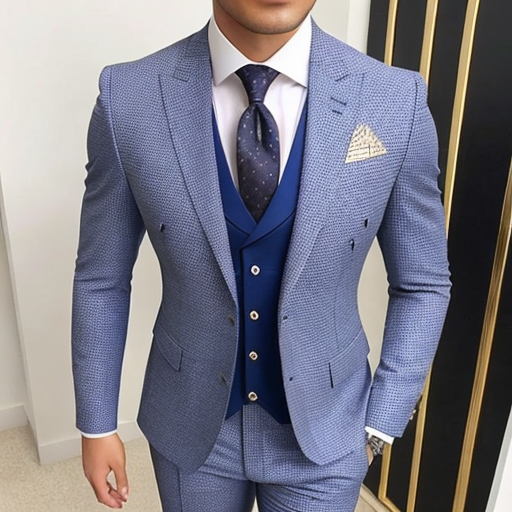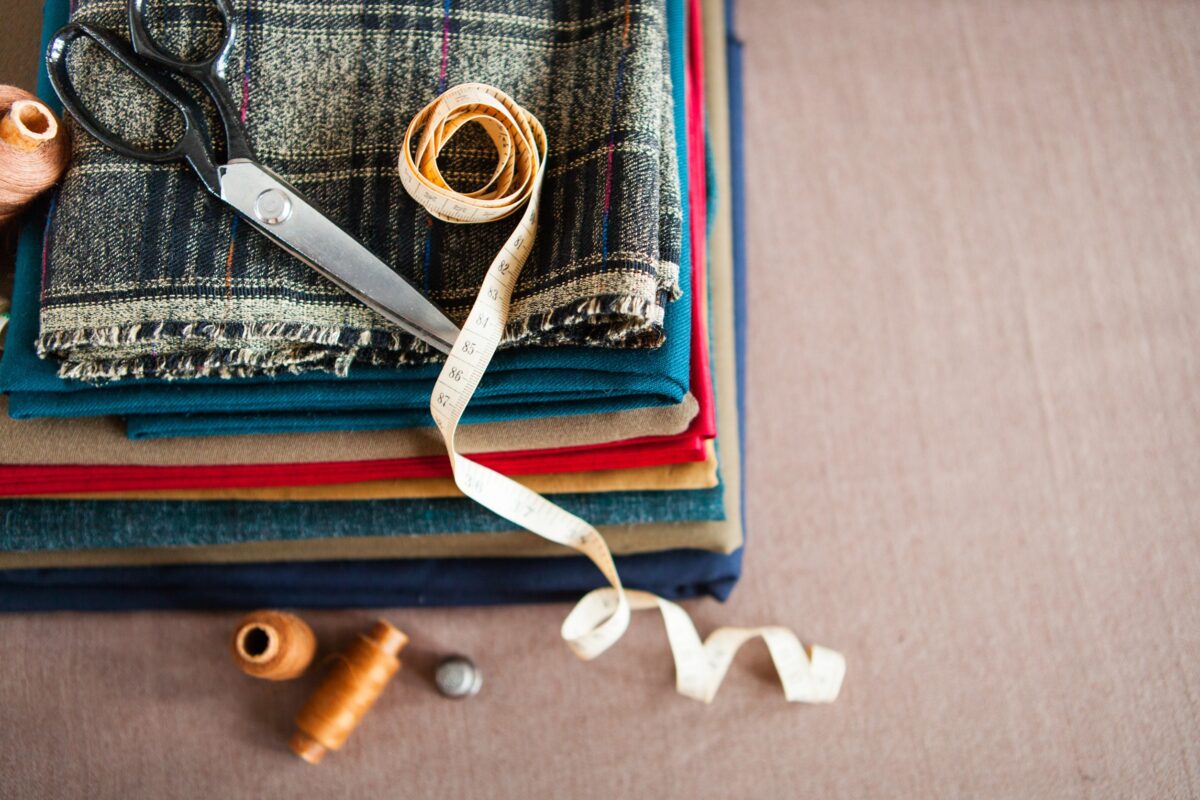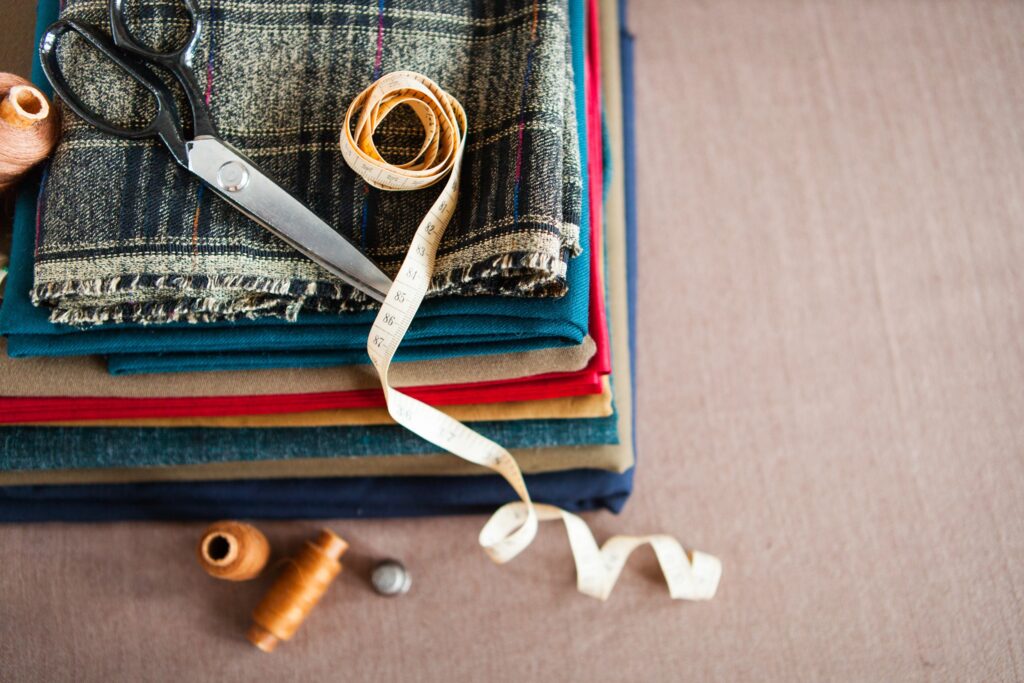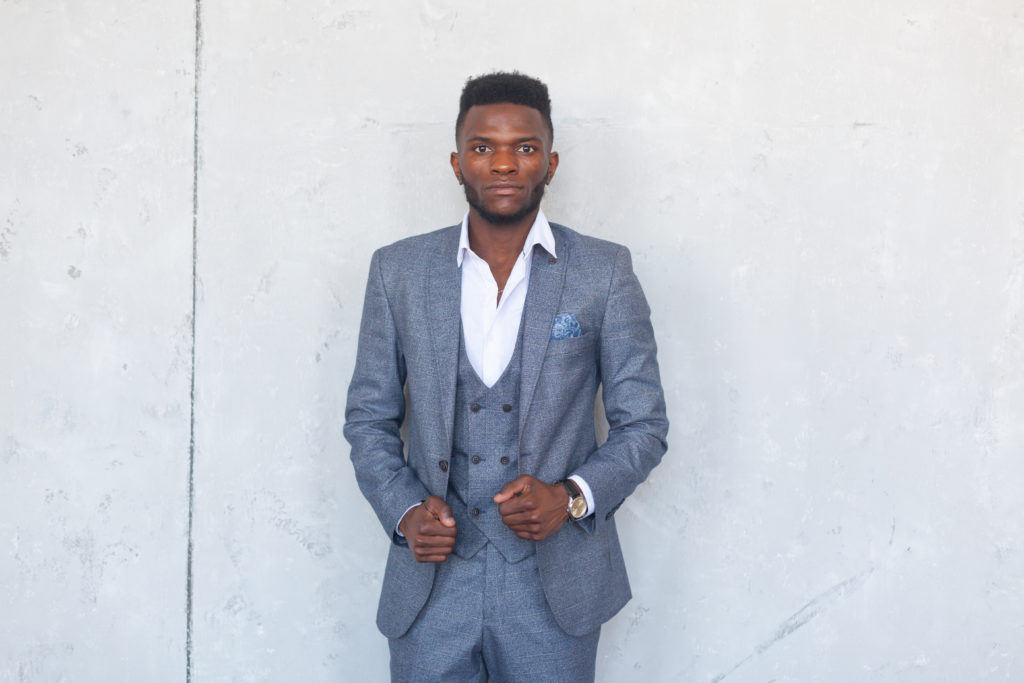How to Choose the Perfect Fabric for a Woman’s Tailored Suit?
Besides projecting a greater degree of professionalism, a good fabric suit boosts a woman’s level of confidence whether presenting at a boardroom or mingling at a social event. However, selecting the ideal one for the best appearance might be difficult; more like how a painter selects a proper brushstroke to highlight every aspect of their work. The selection of fabric needs to be ideal depending on the event theme, individual style, and appearance. This post provides a detailed evaluation to balance the finer details of this design choice.
Embrace Natural Fibers
In the realm of women’s tailoring, natural fibers reign supreme, offering a combination of elegance, comfort, and longevity that synthetic fabrics simply cannot match. Wool, with its unparalleled breathability and ability to adapt to changing temperatures, remains the gold standard, providing a luxurious drape and refined appearance. Linen, a summer staple, exudes a casual yet sophisticated charm, its crisp texture and natural wrinkle resistance making it a breeze to manage. Silk, a touch of luxury, graces women with its delicate drape, shimmering sheen, and undeniable elegance, adding a touch of glamour to any ensemble.
Understand Fabric Weaves
When selecting a woman’s tailored suit, you need to understand the weaves of a fabric as it determines a suit’s drape, texture, resistance to wrinkles and overall aesthetic. While twill weaves give an abrupt, contemporary appearance with their diagonally ribbed texture, plain weaves offer a clean, smooth finish. Satin weaves radiate sophistication and elegance with their delicate gloss. Understanding the subtle differences between various weaves enables women to make well-informed judgments, ensuring their tailored suits not only complement their style but also perform flawlessly across various occasions and seasons.
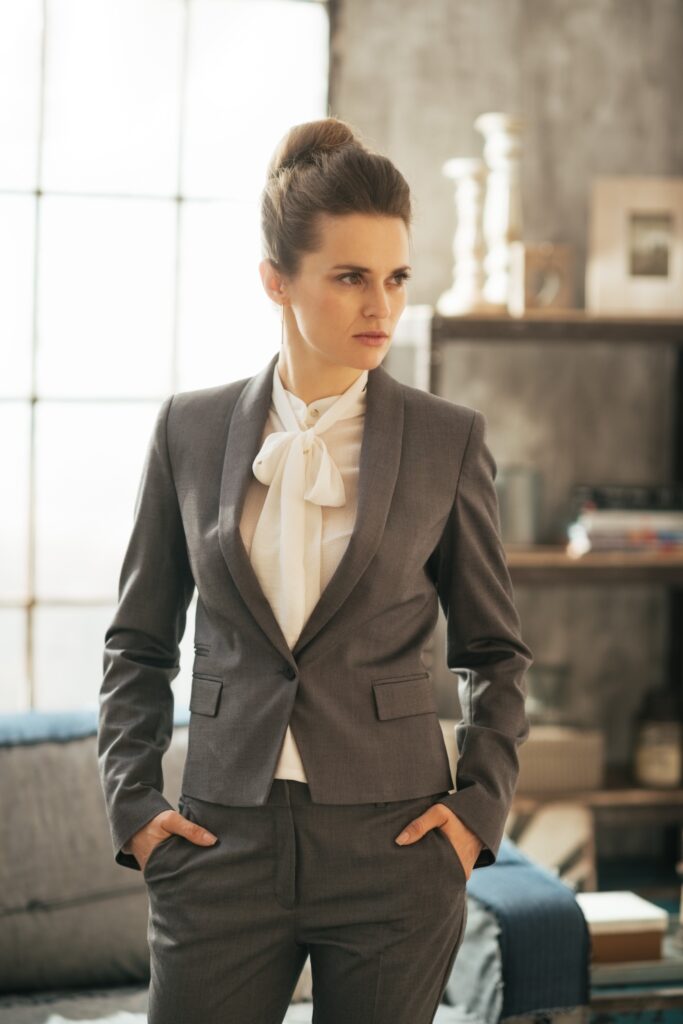
Bespoke suits for women
Think About Your Occasion
Wool textile is a timeless alternative ideal for formal events such as black-tie galas or interviews because of its elegance. Apart from the crisp outlook, it is highly durable, making it a safe bet when you are attending an occasion that requires a polished and sophisticated look. An ideal suit for a casual setting like a casual office environment or power lunch is one with versatile fabrics like linen or cotton blends. These breathable options provide you with a refined and relaxed aesthetic, so you can feel comfortable and stylish throughout the day.
Consider Suit Construction
Understanding the suit’s construction, such as the lining, interlining, and canvas, allows you to select a fabric that complements the structure of the garment while enhancing its overall silhouette. For instance, linen or cotton is a breathable, lightweight fabric that might not be suitable for heavily structured suits with a significant amount of canvas. This is because it may wrinkle or lose its shape easily in the process. Conversely, a heavily textured fabric like tweed might overpower a light, unlined suit, creating an imbalanced aesthetic. By considering both fabric and construction, you can ensure a woman’s-tailored suit exudes a timeless appeal and durability.
Budget Considerations
When looking for the best-tailored suit for women, it is important to assess your budget and use it as a guiding factor. While splurging on luxurious fabrics can elevate your sartorial experience, aligning your fabric choice with financial constraints allows one to prioritize practicality and longevity. Fabrics made of high quality demand a premium but stand a better chance to withstand wear and tear, maintaining their elegance over time. Conversely, budget-friendly fabrics may require care that is more attentive and may not retain their pristine appearance as long. By striking a balance between the quality of fabric and budget, you get a suit that exudes sophistication while aligning with an individual’s financial means.
Evaluate Maintenance Requirements
A women’s customized suit is a versatile and enduring investment, but the selected fabric significantly affects its longevity and care requirements. Evaluating maintenance needs is crucial for selecting a fabric that blends with individual lifestyles as well as a commitment to proper care. If you travel frequently or prefer low-maintenance garments, the ideal fabric choices for you are wrinkle-resistant cotton or wool blends. Conversely, if you prefer the luxurious drape or timeless essence of silk or cashmere, factoring in professional dry cleaning and specialized care practices becomes essential.
Choosing women-tailored suits requires examination of a number of elements including occasion, weaves, weight, fibers, maintenance needs, and suit structure. By being aware of these characteristics, you can choose a fabric that will improve your style while also providing comfort and durability. When executed perfectly, a well-chosen fabric should turn your tailored suit into a classic wardrobe addition. It is essential to assess your needs first before choosing the suit fabric to ensure it fits your style and preferences.



